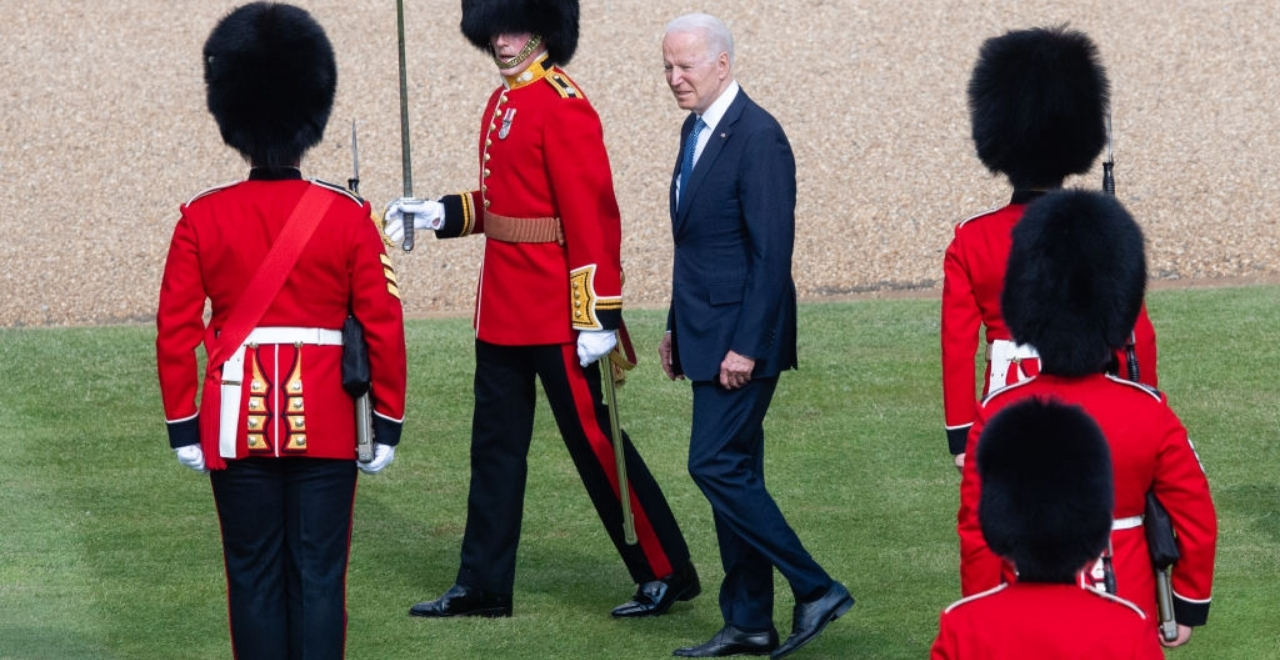US President Joe Biden's visit to Europe for the G7 summit in Carbis Bay comes at an important juncture in relations between Washington and the Old Continent. The honeymoon is over with the 'hundred days' mark and the criticism that accompanied the support given to the Israeli government during the attacks on Hamas positions in the Gaza Strip, and the President must now take the first concrete steps to revitalise a transatlantic relationship that ‒ in recent years ‒ has been heavily affected by the choices made by the Trump administration. The agenda of the appointments that await him is dense and varied: besides his participation in the 'Big Seven' meeting (11-13 June), it includes meetings with Prime Minister Johnson (10 June) and Queen Elizabeth II (13 June), participation in the NATO Heads of State and Government Summit and a private meeting with Turkish President Erdogan (14 June), participation in the US-EU summit and meeting with the Presidents of the European Commission and the European Council, von der Leyen and Michel (15 June) and, finally, the long-awaited face-to-face meeting in Geneva with the Russian President, Vladimir Putin (16 June).
The outcome of these meetings appears to be largely a foregone conclusion. Before his departure, Biden declared on several occasions that the time of 'America first' that inspired the decisions of Donald Trump and his entourage is over. These are words that ‒ on the European front ‒ sound reassuring. It is therefore likely that ‒ beyond the decisions that will be taken in practice ‒ the leaders of the Old Continent will be willing to grant the President a new and substantial opening of credit. The relaunch of relations with Washington is, in fact, an important objective also for Europe, both for the individual states and for the common institutions. The same applies to the Atlantic Alliance, whose Secretary General, Jens Stoltenberg, was among the first to welcome the outcome of last November's elections. The current global challenges ‒ from the fight against climate change, to post-pandemic recovery, to managing the challenge posed by China's growing influence in the international arena ‒ offer strong incentives for collaboration, even if on the European side the experience of the Trump administration may have left reservations about the concrete reliability of the commitments made by the United States.
However, it is still too early to speak of a revival of the 'old' transatlantic axis or the emergence of the much hoped-for 'new transatlantic bargain'. Even if with Joe Biden we will see the tensions that marked the relationship with his predecessor ease and the parties return to a more 'orthodox' diplomatic dialogue, many structural reasons for divergence remain, first and foremost those linked to trade policies and economic choices made on both sides of the Atlantic. Even within NATO, it is difficult to imagine a pure and simple return to the past. The process of reflection underway on the future of the Alliance (#NATO2030) and the attention it is paying to the global aspects of its action risks, in this field, offering new food for the divisions that have long existed within it between those who favour the idea of a NATO projected 'outside the area' and those, on the contrary, who see its security function in primarily regional terms. The permanence of the tensions with Moscow does not simplify things, also considering how ‒ within the EU ‒ many Countries continue to look at Russia and China as privileged interlocutors on the economic level.
The interest of all parties is, in fact, to minimise ‒ at least for the moment ‒ these possible criticalities; all the more so because, especially in view of the final meeting with President Putin (but, in part, also that with President Erdogan), the image of unity that Biden hopes to offer his interlocutors is a central element. Also for this reason, the ultimate aim of the presidential trip appears to be that of reiterating the message that 'America is back' and to underline how ‒ behind this 'present again' America ‒ the West, which in recent years seemed to have suffered from the loss of the American 'compass', has once again come together. It is difficult to say how this message will be received and what the eventual response will be. Rather, the real challenge is to understand whether, beyond the official declarations, a convergence of interests has really re-emerged between Washington and Europe, and to what extent, in the name of this newfound convergence, the United States is willing to return to playing a balancing role in the dynamics of the West, which under Donald Trump (but, to a certain extent, also under Barack Obama) it seemed to have given up exercising




